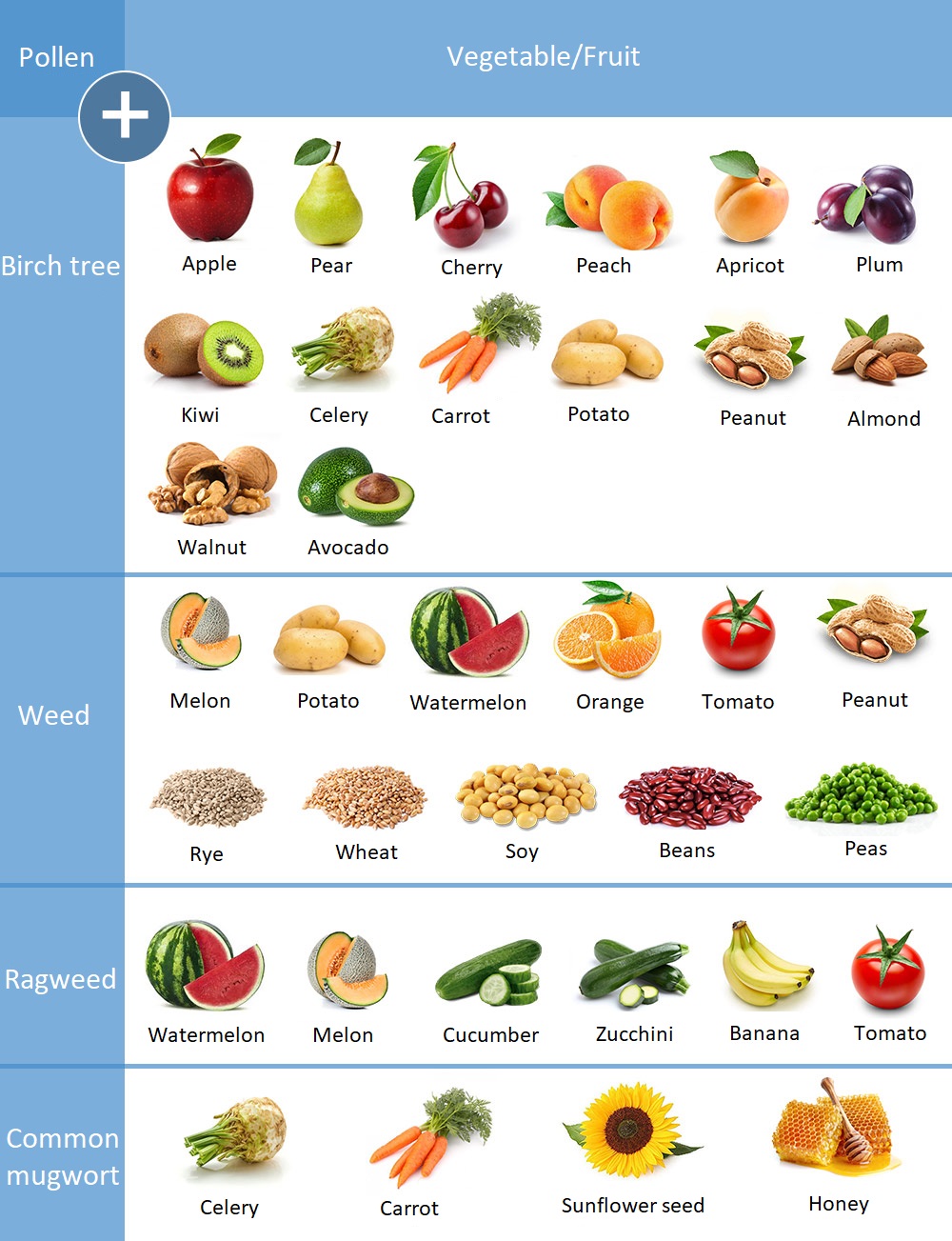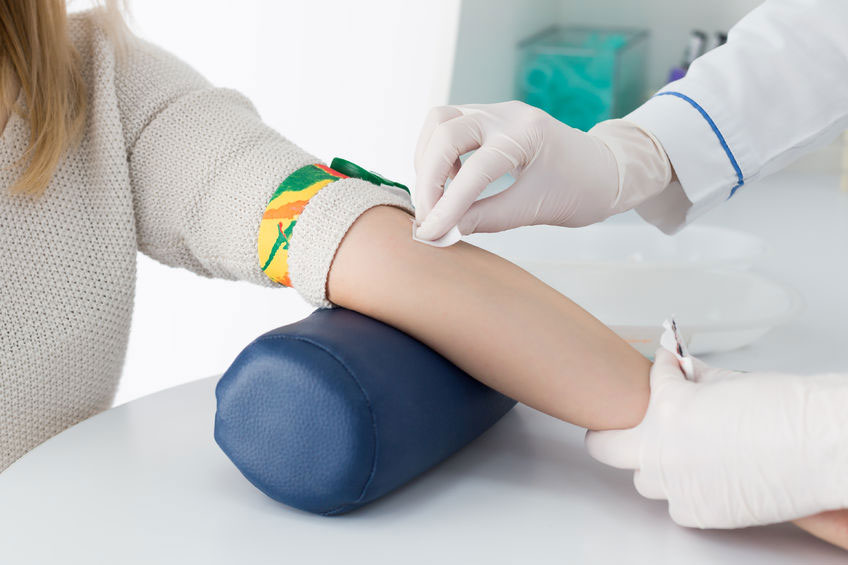Combined inhalative and nutritive allergy test with 54 allergens
What is an allergy test?
When it comes to an allergy test, the main goal is to identify the allergen causing the symptoms. The test can also be performed using provocation tests and blood sampling. While in the provocation test, the body (skin) comes in contact with a small amount of an allergen (a substance that causes an allergic reaction) or an allergen extract, in case of a blood allergy test, the allergen-specific IgE is measured. IgE molecules are antibodies belonging to the so-called immunoglobulin superfamily, which are produced by the immune system to recognize and then neutralize foreign substances that have entered the body.
While the provocation test (called the Prick test) cannot be performed during the allergy season, the inhalative allergy test can be performed from blood at any time of the year. Allergy testing with blood is quick and gentle.
What is food allergy?
In case of food allergies, the body’s defence system falsely reacts to certain foods as if they were harmful, so the cells of the immune system produce antibodies to defend against the foreign substance. In most cases, the allergic reaction produces immediate symptoms. Symptoms can be mild and severe. The most common are indigestion, diarrhoea, stomach pain, nausea, itchy skin, hives, chest pain, swollen airways, shortness of breath, and anaphylaxis (a severe, life-threatening hypersensitivity reaction that affects the whole body). There is also a so-called cross-allergy, which means that in the case of an individual who is allergic to one ingredient, another allergen has similar allergic reactions in terms of its chemical structure.
What is respiratory allergy?
In case of respiratory allergies, the immune system falsely reacts to substances in the environment (e.g. dust mites, ragweed, animal hair) as if they were harmful. Such substances are called allergens. An excessive immune response triggers an allergic reaction in the body. Respiratory allergies can be associated with inflammation of the nasal mucosa (allergic rhinitis, also known as hay fever), but can also affect the entire bronchial system (allergic asthma).
What is cross-allergy?
There is also a so-called cross-allergy, which means that in the case of an individual who is allergic to one component, another allergen has similar allergic reactions in terms of its chemical structure. In case of respiratory allergies, eating certain foods also causes allergic symptoms, which mostly occur on the mucous membranes of the mouth. Cross-allergies can be identified using our combined allergy panel.

What is included in the laboratory package? What allergens are tested?
The combined food allergy and respiratory allergy laboratory package with blood sampling tests a total of 54 allergens. It includes a molecular 4 allergen test for cow’s milk allergy test as well as a parameter to screen for cross-allergies and includes a bee-wasp sting allergy test!
Allergen-specific IgEs containing the tested allergen:
- Apricot
- Kiwi
- Apple
- Almond
- Hazelnuts
- Peanuts
- Sesame
- Soy beans
- Rice
- Rye flour
- Wheat flour
- Baker’s yeast
- Lamb meat
- Beef
- Casein
- ß-Lactoglobulin
- α-Lactalbumin
- Bovine albumin
- Shrimp
- Crab
- Cod
- Cow’s milk
- Egg yolk
- Egg white
- Celery
- Potato
- Carrot
- Tomato
- Latex
- Plantago lanceolata (ribwort plantain)
- Artemisia vulgaris (common mugwort)
- Ragweed
- Cypress pollen
- Oak tree
- Hazelnuts
- Birch
- Alder
- Rye
- Timothy-grass
- Dactylis Glomerata (cock’s-foot)
- Nigella Damascena (love-in-a-mist)
- Alternaria alternata
- Aspergillus fumigatus
- Cladosporium herbarum
- Penicillium notatum
- Horse fur
- Dog fur
- Cat fur
- Dust
- Cockroach
- Wasp poison
- Bee poison
- Dust mite
- Flour mite


The result of an allergy test alone is not enough to make a complete diagnosis. To develop a proper lifestyle and eating habits, our gastroenterologist is at your disposal.
How do I prepare for the test?
An allergy test containing 54 allergens does not require an empty stomach.
When is the result expected?
After the 7th working day following the test.
